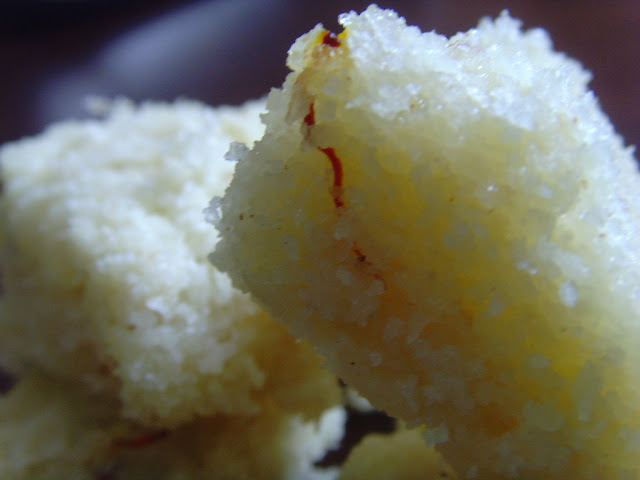This is an ode to my Filipino maid who is with me for 2 and half years. Its festive time for Christians with Christmas and New year around the corner and here is a Filipino dessert to tingle your taste buds. The first glimpse of the Piaya actually makes you feel it is an Indian dish. Since it looks like a paratha (Stuffed bread) and the first bite gives you a nostalgic feeling as it tastes somewhat like the Puran Poli.
After the completion of 2 years with me, my domestic helper(maid) who helps me dish out these wonderful dishes went home to visit her family and came back with this sweet delicacy for us. Since we are strict vegetarians we were a bit skeptical, so she told me, ”Maam it is completely vegetarian”. I tried it and the taste was so much like puran poli that I decided to share this wonderful recipe
 |
| Piaya |
PIAYA
This Filipino dish originated in the Negros province found in the middle of the country which is considered as the sugar capital of the Philippines
Piaya (pronounce Peeyaya) is made up of a jam made from raw sugar (muscovado) which is brown in color and sandwiched inside a flat unleavened bread, sometimes sprinkled with sesame seed and finally grilled onto a pan.
Piaya is a dessert but can be also classified as a sweet snack.
The piaya has various variants, the most popular is the ube (purple yam) piaya. When you eat this, be sure to have a glass of water nearby. It’s very very sweet.
Now, there are different flavors such as Ube (Purple Yam), {Please click on link to know more about Ube},Mango and Chocolate.
 |
| Piaya regular/Ube flavored |
Ingredients
All purpose flour -2 cups
Oil – 8-10 tbsps.
Muscovado sugar - 1/2 cup (can alter as per taste)
Water – About 5-6 tbsps
Sesame seeds – 3 -4 tbsps (as per your liking)
Method
In a bowl, combine half of the flour and half of the oil; mix well.
Divide into 20 portions shape in balls. Set aside.
Add some water to the muscovado sugar to make it moist. Divide into 20 portions. Set aside.
Mix the remaining flour, oil and some water. Knead to a cylinder and divide into 20 portions.
Flatten each portion and top with the flour and oil mixture. Roll out and stuff with muscovado filling. Close the edges.
Sprinkle with sesame seeds.
Bake in a preheated oven in medium heat or grill until brown on the outside.





















.jpg)














